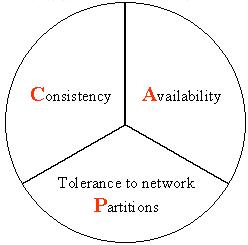CPU-GPU heterogeneous systems are now commonly used in HPC (High-Performance Computing). However, improving the utilization and energy-efficiency of such systems is still one of the most critical issues. As one single program typically cannot fully utilize all resources within a node/chip, co-scheduling (or co-locating) multiple programs with complementary resource requirements is a promising solution. Meanwhile, as power consumption has become the first-class design constraint for HPC systems, such co-scheduling techniques should be well-tailored for power-constrained environments. To this end, the industry recently started supporting hardware-level resource partitioning features on modern GPUs for realizing efficient co-scheduling, which can operate with existing power capping features. For example, NVidia's MIG (Multi-Instance GPU) partitions one single GPU into multiple instances at the granularity of a GPC (Graphics Processing Cluster). In this paper, we explicitly target the combination of hardware-level GPU partitioning features and power capping for power-constrained HPC systems. We provide a systematic methodology to optimize the combination of chip partitioning, job allocations, as well as power capping based on our scalability/interference modeling while taking a variety of aspects into account, such as compute/memory intensity and utilization in heterogeneous computational resources (e.g., Tensor Cores). The experimental result indicates that our approach is successful in selecting a near optimal combination across multiple different workloads.
翻译:暂无翻译



